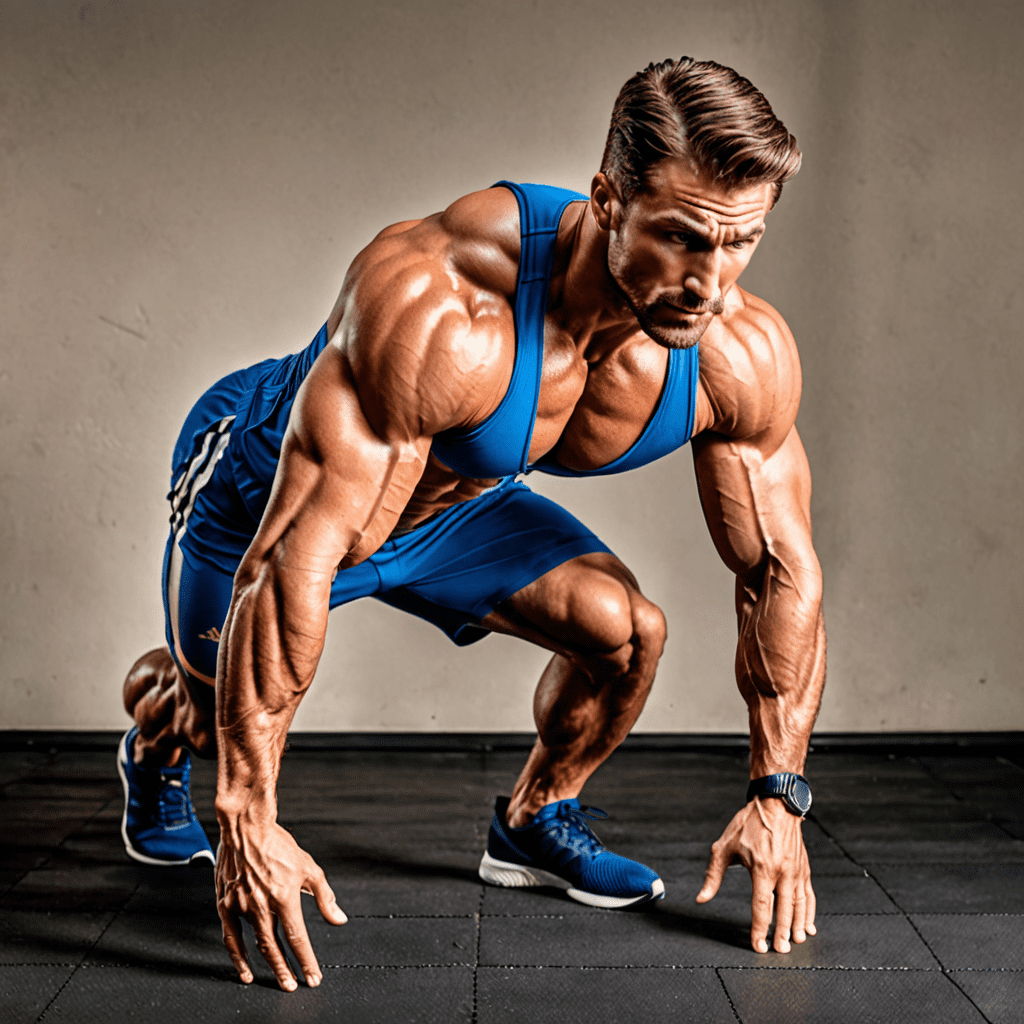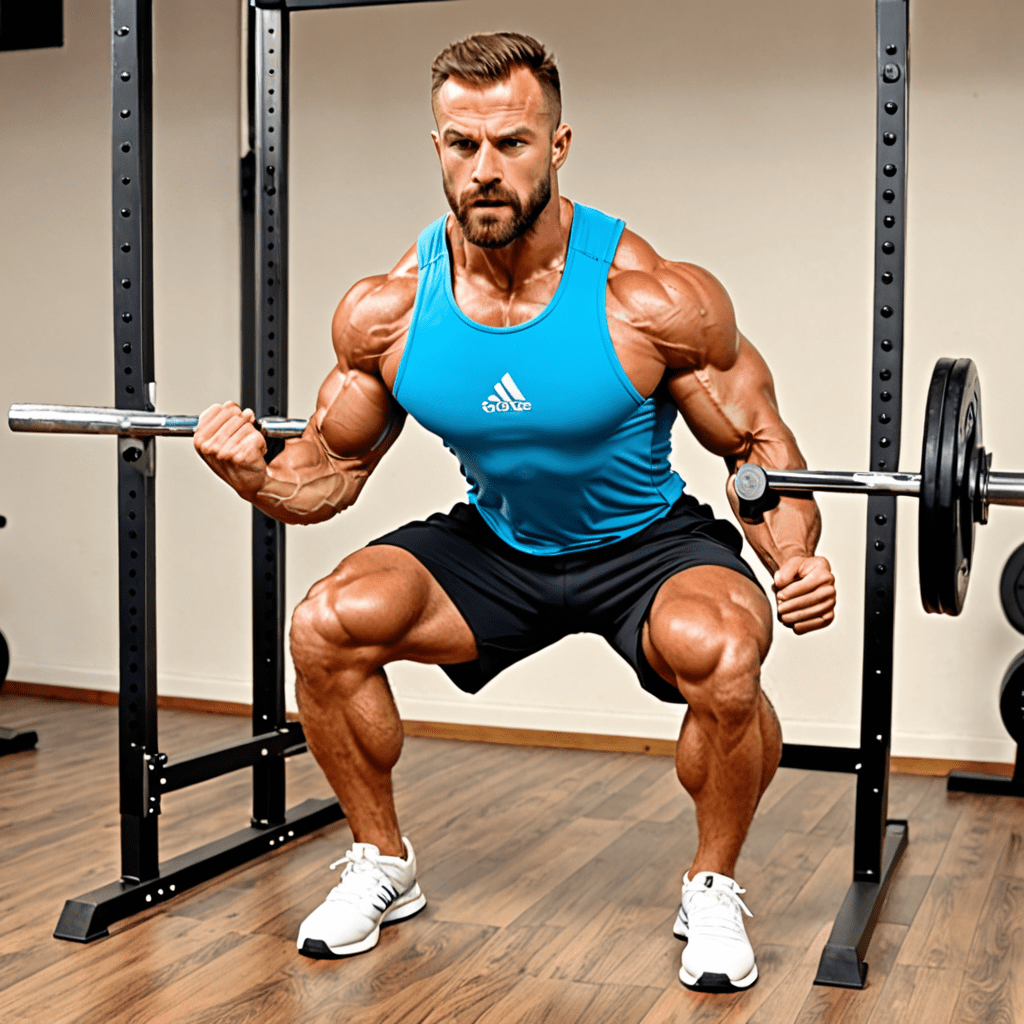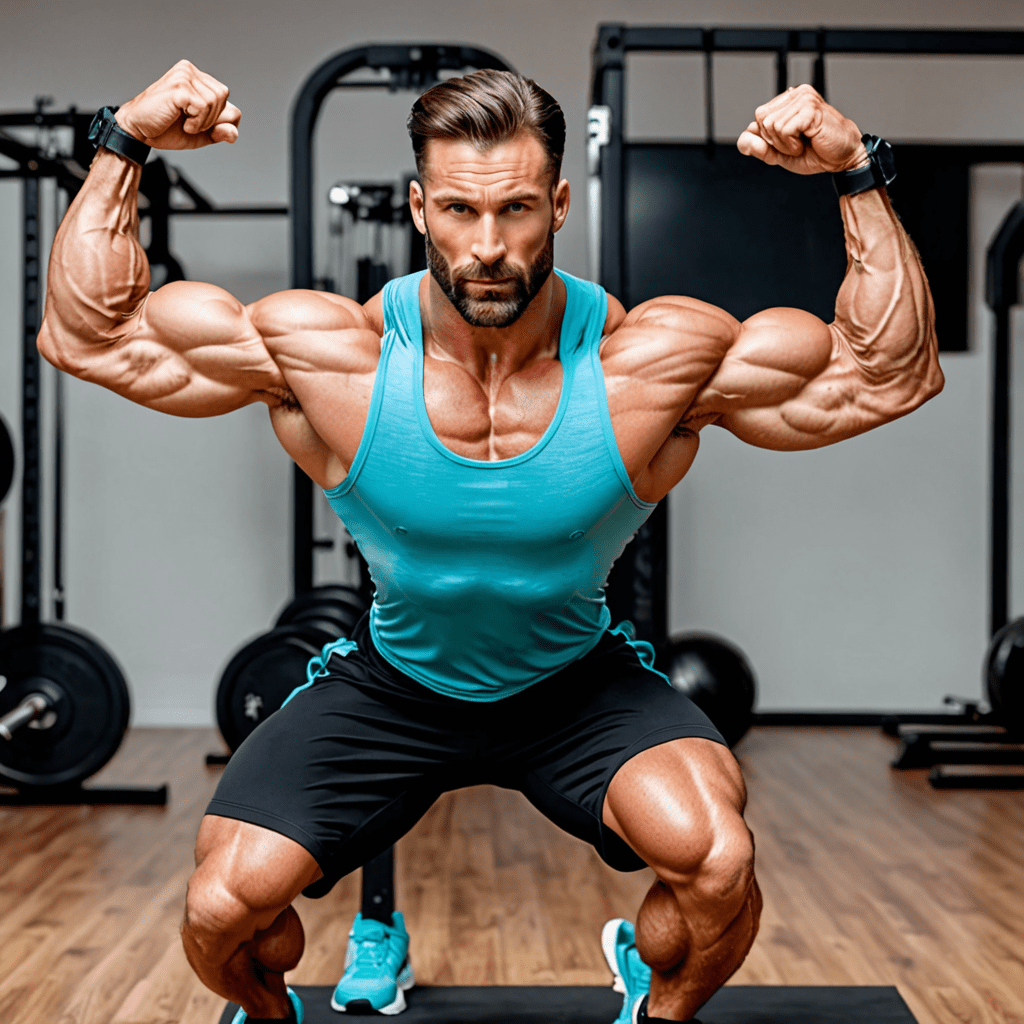
Unleash the Power of Push-Ups: Engage Your Major Muscles and Transform Your Workout
Push-ups are a classic and effective exercise that engages multiple major muscle groups, making them an essential component of any workout routine. Whether you’re a fitness enthusiast or just starting your journey towards better health, understanding the major muscles worked during push-ups can provide valuable insights into the benefits of this versatile exercise.
The Primary Muscles Targeted by Push-Ups
Push-ups primarily target the following major muscle groups:
1. Chest (Pectoral Muscles)
The pectoral muscles are the primary muscles engaged during push-ups. They are responsible for the horizontal adduction of the arms, which occurs when you bring your arms closer to the midline of your body during the upward phase of the push-up.
2. Shoulders (Deltoid Muscles)
The deltoid muscles, located in the shoulders, play a significant role in stabilizing your body during push-ups. They assist in the movement of the arms and shoulders as you lower and raise your body.
3. Triceps
The triceps, located at the back of the arms, are engaged as the primary extensors of the elbow joint during the upward phase of the push-up, aiding in pushing the body away from the ground.
4. Core Muscles (Abdominals and Obliques)
Push-ups require significant core stabilization to maintain a straight body position throughout the exercise. The abdominal muscles and obliques work to prevent your lower back from sagging and assist in overall body stability.
5. Serratus Anterior
The serratus anterior, located on the sides of the chest, plays a crucial role in shoulder movement and stability during push-ups. It assists in protracting the shoulder blades and contributes to the forward-reaching motion of the arms.
6. Scapular Stabilizers (Rhomboids and Trapezius)
These muscles, located in the upper back, are essential for stabilizing the shoulder blades during the movement of the arms and shoulders in push-ups. They assist in maintaining proper scapular movement and alignment.
Additional Muscles Engaged
In addition to the major muscle groups mentioned above, push-ups also engage several other muscles, including the biceps, forearms, and lower body stabilizers. The comprehensive nature of push-ups makes them an efficient full-body exercise.
Frequently Asked Questions (FAQ)
Q: Can push-ups help build muscle mass?
A: Yes, push-ups can contribute to muscle building, especially when combined with progressive overload and proper nutrition. They primarily target the chest, shoulders, and triceps, aiding in muscle development and strength.
Q: How many push-ups should I aim to do to see results?
A: The number of push-ups needed to see results varies for each individual, depending on factors such as fitness level, consistency, and overall exercise routine. It’s important to focus on quality over quantity and gradually increase the intensity of your push-up workouts.
Q: Are there variations of push-ups that target specific muscles?
A: Yes, various push-up variations, such as wide-grip push-ups, decline push-ups, and diamond push-ups, can target specific muscles to a greater extent. These variations can be incorporated to emphasize different muscle groups and add diversity to your workout routine.
By gaining a deeper understanding of the major muscles worked during push-ups, you can maximize the benefits of this fundamental exercise and elevate your fitness journey. Incorporating push-ups into your regular workout regimen can contribute to overall strength, muscle development, and enhanced functional fitness.


